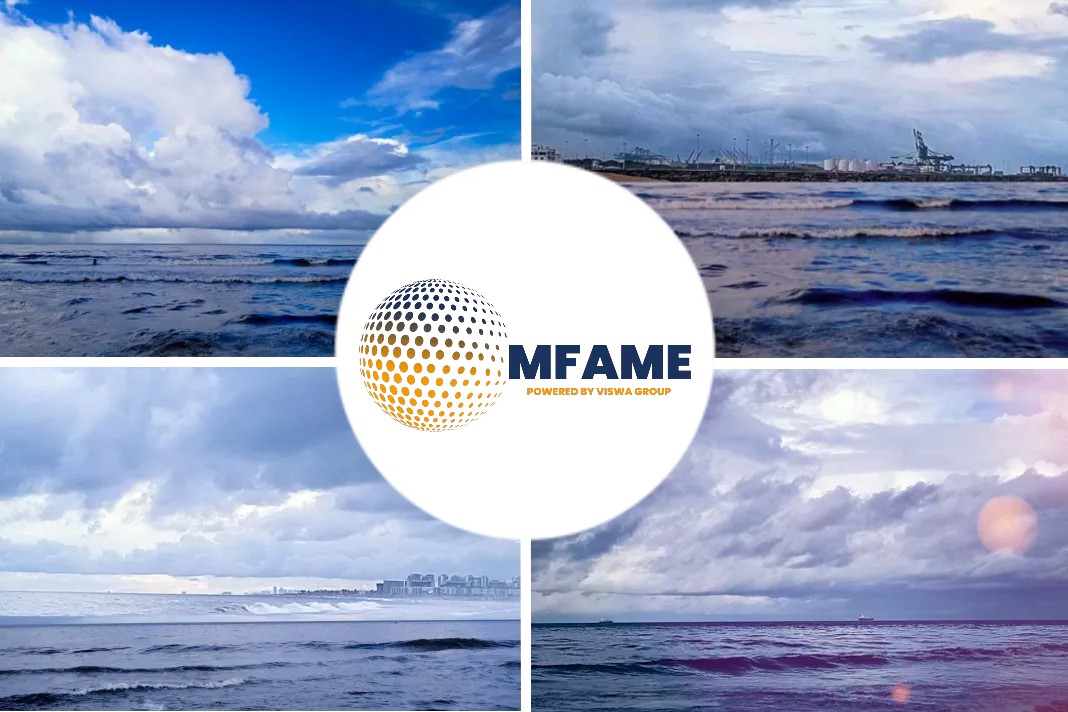
- Gaining and maintaining a CII rating will fundamentally change a vessel’s lifecycle from a series of repairs to stay in class, to a series of retrofits to stay in the CII rating, too.
- Slow steaming is one favoured option to reduce emissions and maintain CII ratings, but there is a limit to what can be achieved.
- No straightforward answer can be given on the all- important question of return on investment for a propeller retrofit.
A new dimension has been added to vessel operations with the introduction of IMO’s CII rating, which became a mandatory measure under Marpol Annex IV on 1 January 2023.
CII rating
All vessels need to have a CII rating, A, B, C, D or E, with A being the best, and this reduces annually. Ratings D and E indicate high levels of carbon emissions and a requirement for corrective action.
But those vessels with A, B, and C ratings, likely to be the most acceptable to charterers, will need to maintain or improve ratings throughout the lifetime of the vessel while the requirement becomes more onerous.
Reducing CII
There are many options to reduce CII, but a relatively simple option is to reassess the propulsion system and the efficiency of the propeller.
This was explored by Berg Propulsion product director Emil Cerdier, RISE maritime division lead researcher naval research Mattias Liefvendahl and Retrofit Denmark MAN Primeserv senior sales manager Michael Muff Jensen in the 16 February 2023 webinar, Propeller retrofits and upgrades: a turn for the better?
Propeller performance
Mr Cerdier noted propeller performance is the result of a wide range of parameters, and those, thanks to the introduction of CII, will now be different from when the vessel was launched.
“The (original) blade design might not be optimal anymore,” he said, “It might be better with a different propeller.”
This is Berg Propulsion’s area of expertise. “We have a team of blade designers or dynamic experts that, with the help of AI tools, customize the blade for each and every installation.”
Slow steaming is one favoured option to reduce emissions and maintain CII ratings, but there is a limit to what can be achieved.
The shipping industry has to be prepared to run a series of propellers during the lifetime of the vessel to match the other changes and retrofits being adopted.
This could be from caps on engine power from software, or the introduction of variations of operating rpm to achieve lower emissions and CII rating.
Measuring emission reduction
Mr Liefvendahl explained the work done with tank trials and other methods to measure emissions reduction using experimental data.
He noted there is no single answer when it comes to small-scale testing techniques and trial data.
“In theory, computational fluid dynamics will replace small-scale testing at some point and for different types of investigations,” he said, “ They are complementary tools.”
Mr. Jensen offered practical experience from the retrofit installation of propeller blades. “We recommend carrying out the exchange in a drydock,” he said, “in conjunction with general propeller maintenance.”
No straightforward answer can be given on the all- important question of return on investment for a propeller retrofit without detailed analysis of a particular case study but Mr. Jensen said, “The further away from the original system, the higher the potential optimisation,” he added, “but the return on investment is often quite short.”
Did you subscribe to our Newsletter?
It’s Free! Click here to Subscribe.
Source: Riviera
























